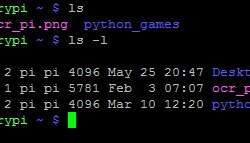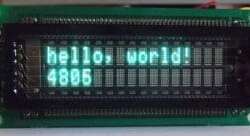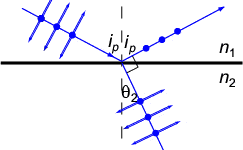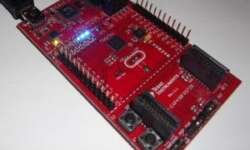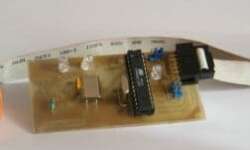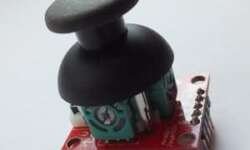Building more complex commands using Raspberry Pi terminal

Probably this would be unwise to go through a long list of available Unix commands. It is quite long, and there is no reason to point out each of them here. You can take a look at some basic ones in the following list. It is more important to learn how to use them and get the desired result by building more complex commands. Commands can also be combined into a single line using piping. In this case, the output of one command becomes the input of the next one, and so on. Let’s go with a few examples. We all know that Raspberry Pi comes with Python installed. So we should expect to find lots of .py files here: sudo find / -name *.py this throws us a large list of file names: Finding and displaying files that way is useless. Viewing is even more painful. Let’s say we simply want to count all .py files. For this, we use the same command, but instead of throwing the list to the terminal, we feed it to another command that does the counting of lines (we get every file in a new line):


